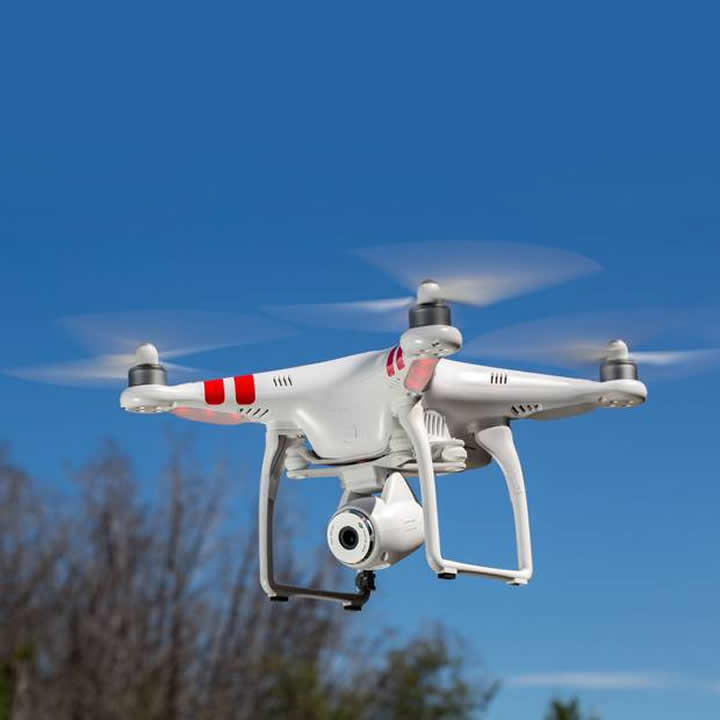Drones are no longer a new thing, although there is a vast difference between the drone you get for your 6-year old child and the ones the government is currently using.
The first drone or unmanned aerial vehicle was used in 1849 but it’s a far cry from today’s sophisticated devices that can be controlled remotely and hover where you need them.
In fact, drones are now being used in many different industries to make processes simpler, more efficient, and even more accurate. One example of this is drone thermal imaging.
What Is Drone Thermal Imaging?
It’s possible to attach a variety of devices to a drone, as long as it remains balanced and easy to fly. One of the best examples of this is the camera that many leisure drones use. But, it is possible to replace the standard camera with a thermal imaging one.
This sees thermal images instead of conventional ones. In effect, it detects the heat given off by any object. You’re probably familiar with the human body under thermal imaging. The hottest areas are red and the coolest are blue, generally the peripheral organs.
This same concept can be applied to buildings and search and rescue missions to help identify heat sources.
How They Are Useful
In search and rescue, thermal imaging can help locate missing people, even if the search is being conducted at night or in dense woodland. A drone is a perfect tool to fly above the ground and search for heat signals. Once these are found the heat source can be verified and identified by the land-based search team. It’s a much faster way of finding people in need.
Another practical use is when inspecting buildings. For example, all buildings emit a heat signature. This is where heat from inside the building is escaping. The better the insulation the less heat loss and the lower the signal on the thermal imaging camera.
This means that building inspectors can fly a drone, with a thermal imaging camera, around the outer walls and the roof of a building. They will be able to identify its ability to contain heat. That’s an important environmental concern.
But, the thermal imaging camera can also pick up unexpected heat loss, such as that coming through a structural crack in the world. Again, the building inspector will then know where to look and have an idea of what the problem is.
It’s much quicker and more effective than trying to find structural issues with conventional methods.
Why Drones?
Drones are the perfect tool for carrying thermal imaging cameras. They can easily get to places that humans will find difficult or dangerous and they’ll record everything, allowing you to replay the footage and analyze it properly later. This is beneficial when identifying issues as you can locate the problem and re-examine it as many times as necessary.
Of course, drones are also very cheap to purchase and fly, in comparison with the heavy equipment that would be needed to inspect a roof safely. It’s likely they’ll be used for many other things in the future.

